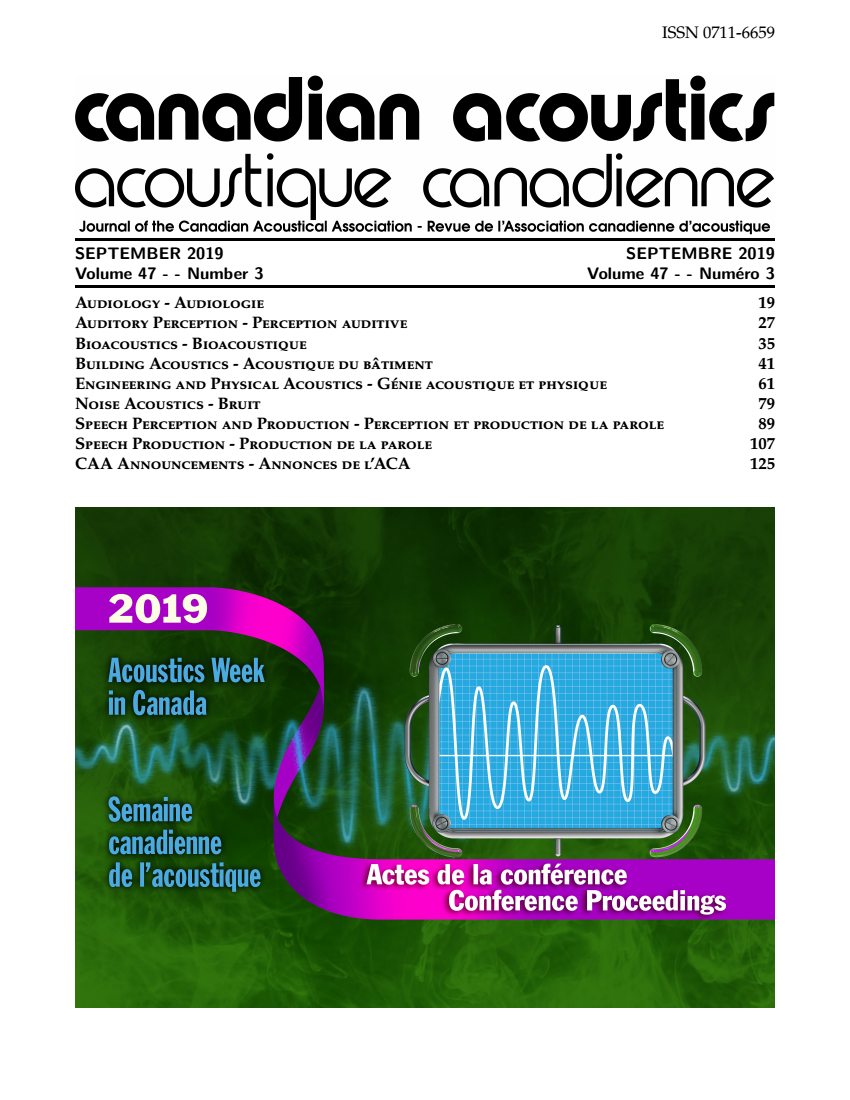Minimizing Sonic Boom Noise to Meet Potential Regulatory Limits
Résumé
Sonic boom noise is predicted from parameters including aircraft weight, volume, shape, and standard atmospheric models. The acoustic field near the aircraft is calculated based on a cylindrical approximation to the aircraft shape and a variable lift distribution. Sound is propagated from the aircraft to the ground by considering both the sharpening of the boom due to shock ageing, and the softening of the sound due to frequency dependent atmospheric absorption. The resultant pressure signature at ground level is converted to a perceived sound level and compared to a maximum proposed noise limit of 75 dB. Obtained results are verified using NASA’s PCBoom program as well as with selected ground measurements for supersonic flights. Preliminary results show that inoffensive supersonic flight may require either high altitudes, or aircraft that are smaller and lighter than most common airliners.
Fichiers supplémentaires
Publié-e
Comment citer
Numéro
Rubrique
Licence
Author Licensing Addendum
This Licensing Addendum ("Addendum") is entered into between the undersigned Author(s) and Canadian Acoustics journal published by the Canadian Acoustical Association (hereinafter referred to as the "Publisher"). The Author(s) and the Publisher agree as follows:
-
Retained Rights: The Author(s) retain(s) the following rights:
- The right to reproduce, distribute, and publicly display the Work on the Author's personal website or the website of the Author's institution.
- The right to use the Work in the Author's teaching activities and presentations.
- The right to include the Work in a compilation for the Author's personal use, not for sale.
-
Grant of License: The Author(s) grant(s) to the Publisher a worldwide exclusive license to publish, reproduce, distribute, and display the Work in Canadian Acoustics and any other formats and media deemed appropriate by the Publisher.
-
Attribution: The Publisher agrees to include proper attribution to the Author(s) in all publications and reproductions of the Work.
-
No Conflict: This Addendum is intended to be in harmony with, and not in conflict with, the terms and conditions of the original agreement entered into between the Author(s) and the Publisher.
-
Copyright Clause: Copyright on articles is held by the Author(s). The corresponding Author has the right to grant on behalf of all Authors and does grant on behalf of all Authors, a worldwide exclusive license to the Publisher and its licensees in perpetuity, in all forms, formats, and media (whether known now or created in the future), including but not limited to the rights to publish, reproduce, distribute, display, store, translate, create adaptations, reprints, include within collections, and create summaries, extracts, and/or abstracts of the Contribution.


